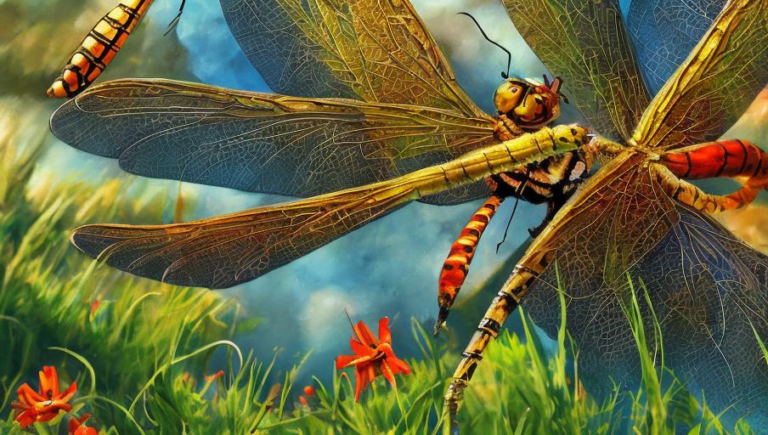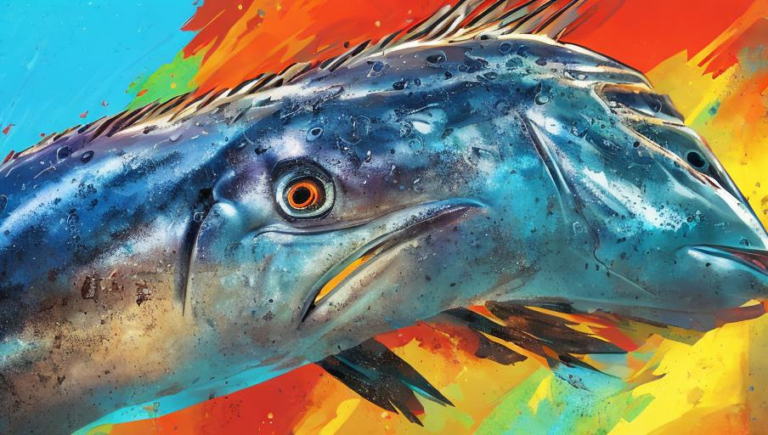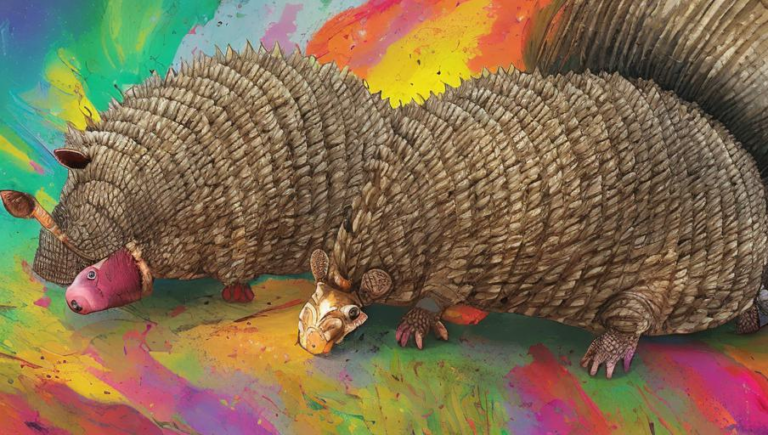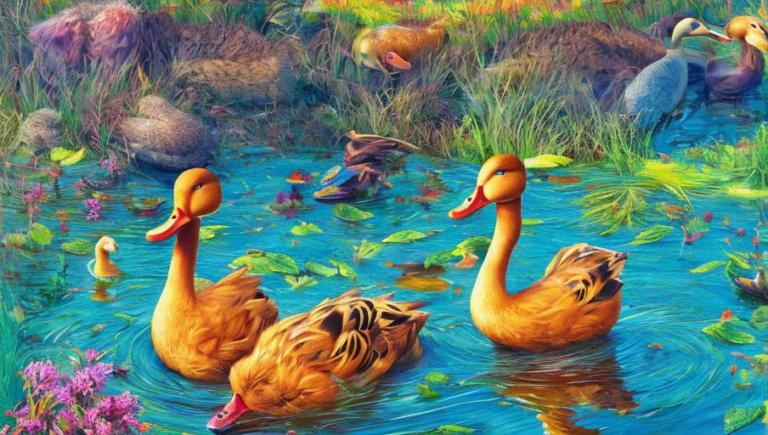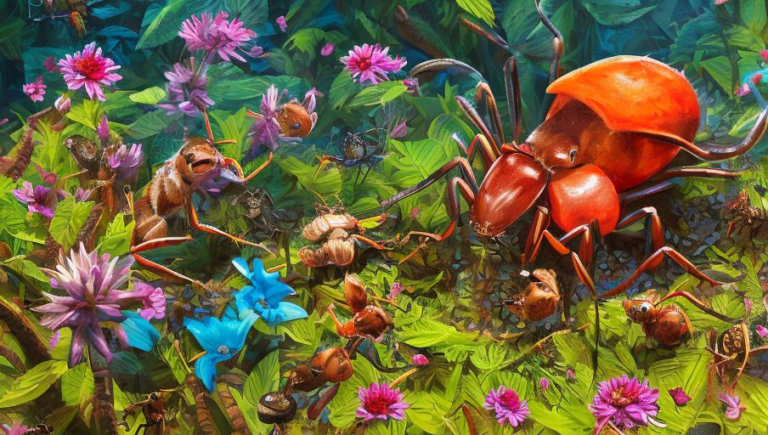Milestones in Anteater Conservation
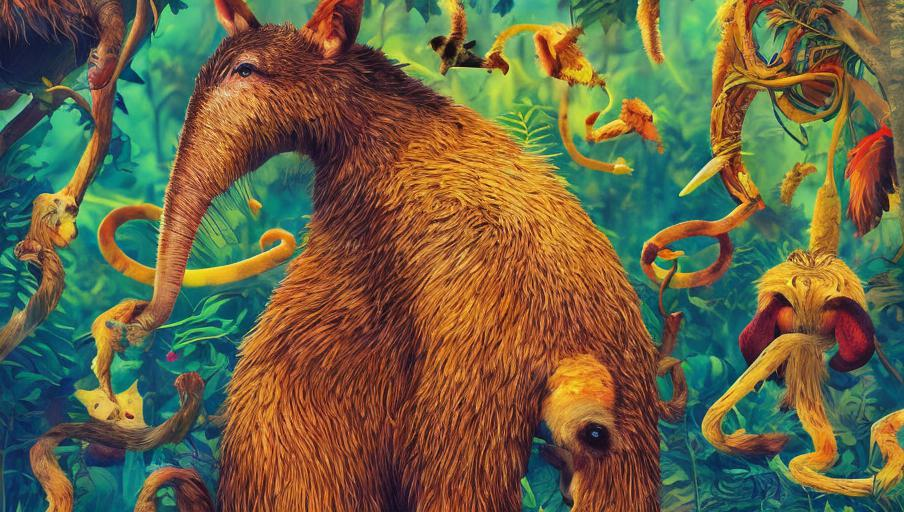
Milestones in Anteater Conservation
The anteater is an iconic animal that can be found in different parts of the world, from South America to Central America. Unfortunately, their populations have been declining, due to human activities such as deforestation and hunting. In recent years, there has been an increased effort to conserve these animals. Let’s take a look at some of the milestones in the conservation of anteaters.
Establishment of Protected Areas
One of the most important steps taken to protect anteaters is the establishment of protected areas. These areas are designed to keep the animals safe from hunting and other threats, while allowing them to live in their natural habitat. In South America, the Chaco and Cerrado regions are home to many anteaters. In these areas, the governments of Argentina, Brazil, Paraguay, and Bolivia have designated protected areas to ensure the survival of these animals.
Research and Monitoring
In order to keep track of the anteater population and its health, various research and monitoring programs have been implemented. These programs help scientists understand the behavior and ecology of the species. This information can be used to inform conservation efforts and ensure that these animals are being protected. In addition, these programs can also be used to identify any threats to the species and take appropriate steps to mitigate them.
Education and Awareness
Raising awareness about the importance of anteater conservation is key to ensuring the species’ survival. This can be done through educational programs that teach people about the animals and their habitats. It can also be done through campaigns that seek to inform people about the threats to these species and how they can help. In addition, these campaigns can also be used to lobby governments to take more action to protect anteaters.
International Collaboration
Due to their wide range, the conservation of anteaters requires international collaboration. This collaboration can be used to ensure that all countries involved in the conservation of these animals are doing their part to protect them. In addition, this collaboration can also help to identify any threats that are present in different parts of the world and take appropriate steps to mitigate them.
Conclusion
The conservation of anteaters is an important task that requires dedication and collaboration from both governments and individuals. With the right steps taken, we can ensure that these iconic animals will remain a part of our world for years to come.

